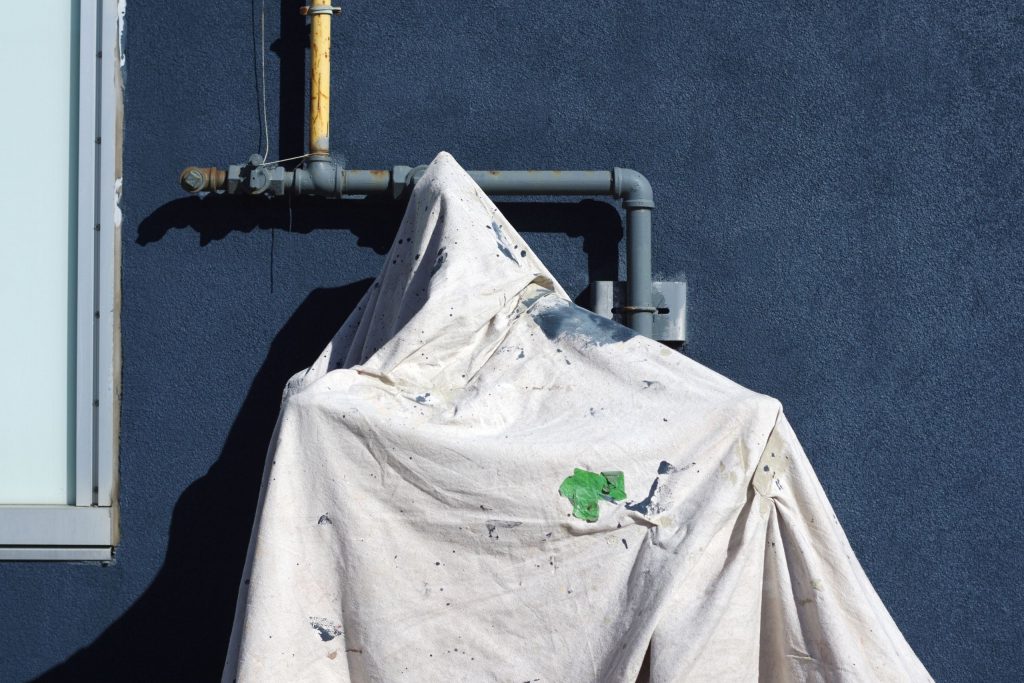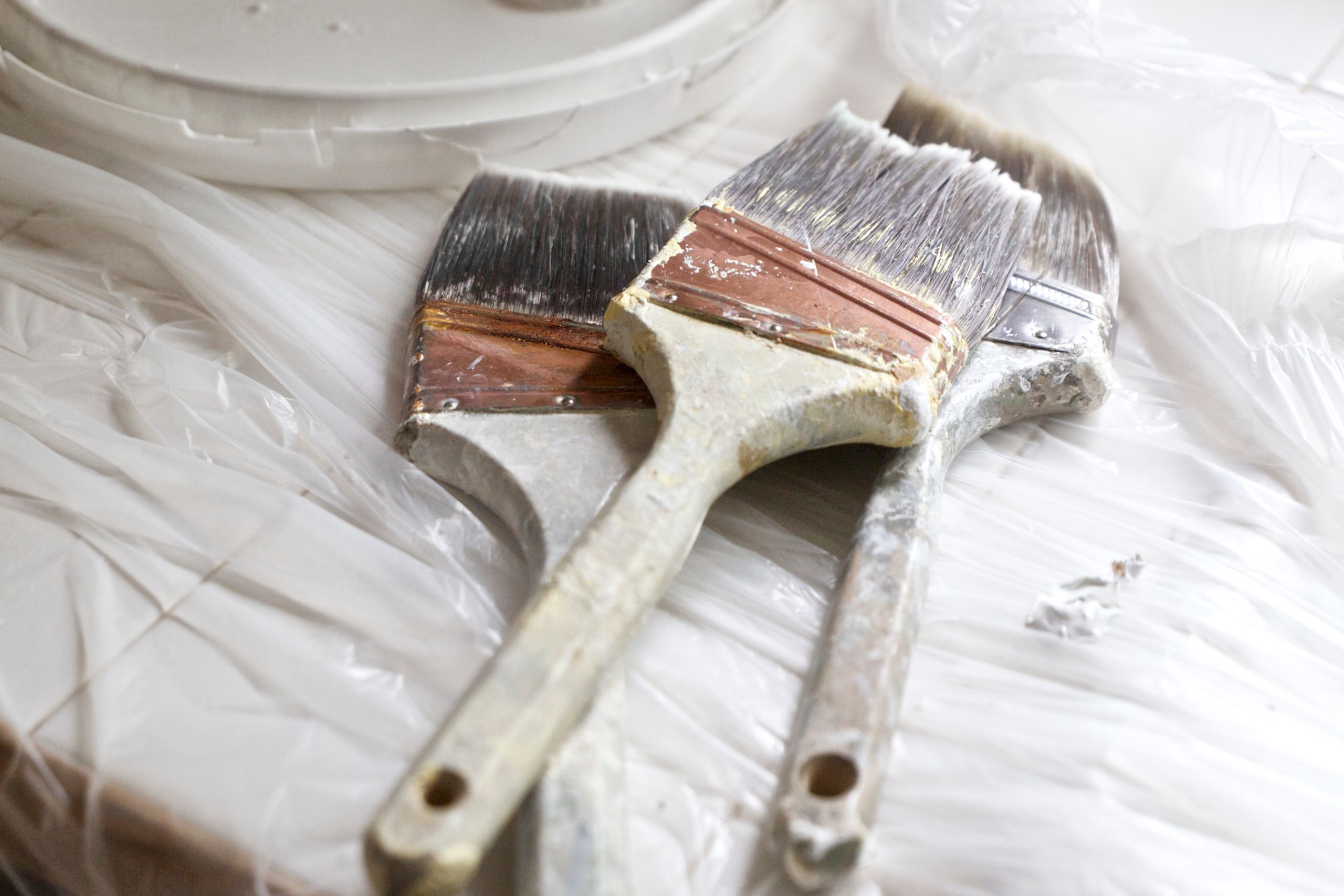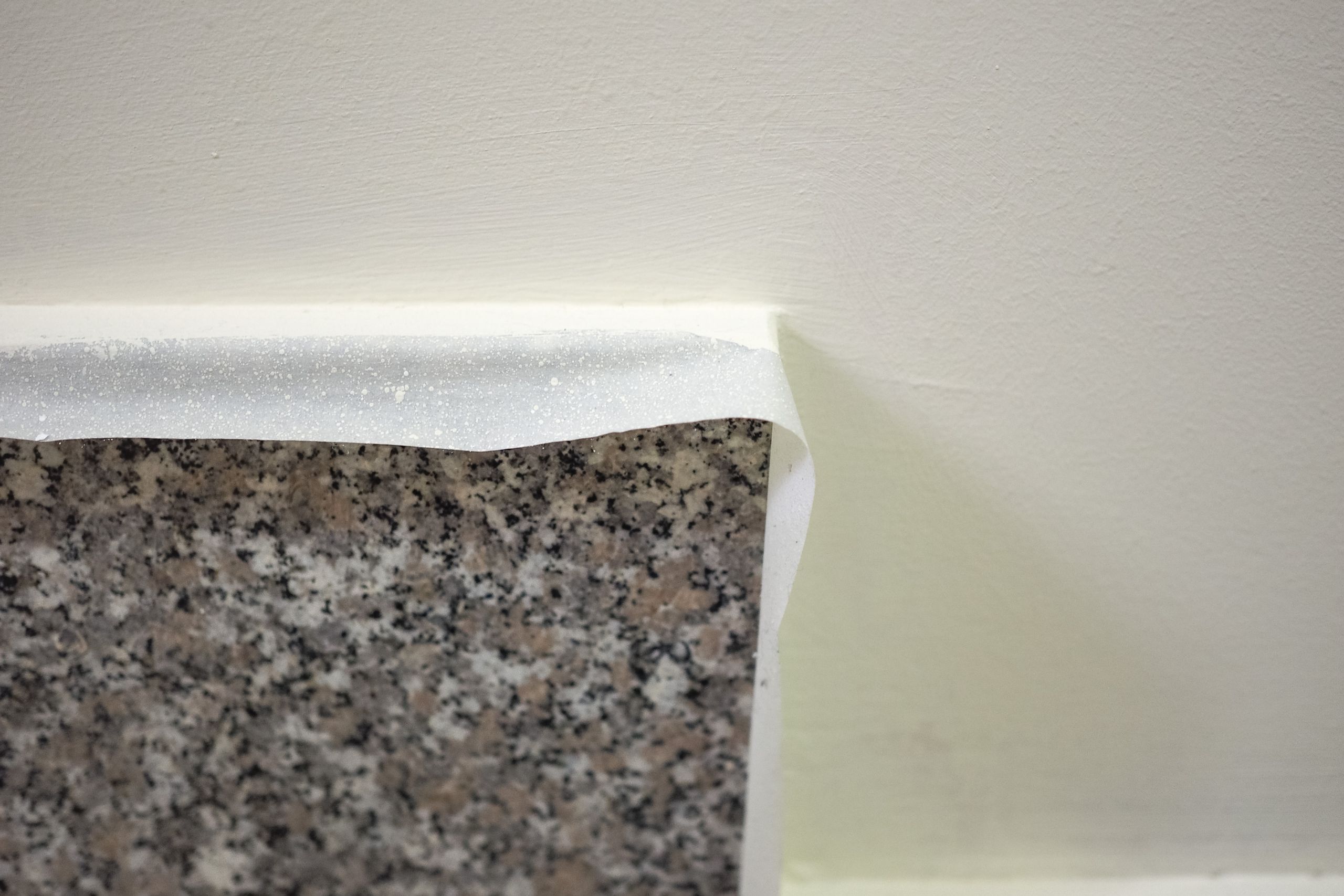Drop cloths are very crucial for shielding floor, furniture, and other surfaces from paint splatters and spills while starting a painting operation. These adaptable coverings provide piece of mind so that do-it-yourselfers may concentrate on their artistic work free from worry of ruining priceless surfaces. Any painting activity requires drop cloths as they not only help to avoid mess but also allow a faster cleaning technique.
This page will address the many types of drop cloths—canvas, plastic, and paper—as well as their special benefits in various settings. Furthermore discussed will be useful application advice to enable customers to enhance the performance of their drop cloths, therefore guaranteeing a flawless and fun painting experience. Understanding the benefits of drop cloths and how to use them correctly will help people to preserve their areas and improve their do-it-yourself painting efforts.
Types of Drop Cloths and Their Benefits
Important equipment for surface protection during painting and restoration jobs are drop cloths. There are many materials they come in, each with special advantages catered to certain need.
Larger projects benefit from canvas drop cloths as they are reusable and rather durable. Made with heavy-duty materials, they provide consistent protection for furniture and floors by not moving. Professionals especially like them as their absorbent property lets them properly manage spills.
Perfect for one-time, rapid use, Plastic Drop Cloths are cheap and light-weight. Their flawless surface is perfect for covering furniture, therefore reducing dust gathering and paint splatters during remodeling. Their cheap cost makes them a first choice for temporary projects.
For sensitive surfaces and little jobs, paper drop cloths provide a green option. Being disposable and light-weight, they reduce cleaning chores. Paint spills may be absorbed by paper drop cloths, therefore lowering the underlying surface damage risk.
Convenience and longevity are balanced in disposable fabric towels. For many uses, they are excellent as they combine the convenience of disposal with the absorbency of cloth to enable rapid cleanings without compromising performance.
These different kinds of drop cloths used together provide effective preparation and protection for any job.
Choosing the Right Drop Cloth for Your Space
Selecting the appropriate drop cloth for a project increases effectiveness and efficiently guards surfaces. Size is quite important; choosing the right measurements guarantees full covering of the region under repair. Selecting a customized drop cloth allows smaller rooms or certain furniture items to save cleaning time and reduce spillage.
Surface-wise, flooring ought to be canvas as its durability and absorbent qualities make sense. It provides excellent resistance against paint drips and spills, hence big projects would benefit from it. On furniture, however, disposable drop cloths work well. Their low weight and ease of use make them easy for quickly covering things to prevent dust or paint damage.
Moreover consider the choice between reusable and disposable drop cloths. Reusable cloths are cheaply priced for more large-scale projects as they may be used numerous times and avoid waste. But for smaller or one-time events, throwaway drop cloths might be a better choice because they are easy to clean and don’t need to be washed or stored. Each option has pros and cons that help project managers choose the best drop cloth for their needs.
Proper Placement for Maximum Coverage
Maximum coverage and surface protection during a painting process depend on drop cloth placement being perfect. First of all, you want to make sure the cloths cover seams, edges, and corners with efficiency. This thorough covering protects walls, floors, furniture, and flooring from paint splatters invading unplanned places.
On flat surfaces, lightweight plastic drop cloths may also provide a sliding danger. Tape down the edges of these cloths tightly to reduce this possibility. Painter’s tape guarantees that the cloths remain in place, therefore enabling a safer and more effective painting environment.
Overlapping drop cloths is a rather successful technique for bigger regions. This method closes any gaps between different fabrics so that none of the exposed regions are left open for splatters. These placement techniques help one to have a clean workplace and improve the whole painting process at the same times. Good preparation not only produces better results but also makes cleaning much simpler so the painter may concentrate on the current work with peace of mind.
Tips for Keeping Drop Cloths in Place While Working
Several good techniques may assist drop cloths stay in place and avoid problems when it comes to securing them for painting or restoration work.
First, heavy objects like paint cans help to weight the drop cloth edges so they remain in place. This technique grounds the materials and reduces slippiness around surfaces.
Moreover, particularly if the cloths are made of plastic or paper and laid on flat surface, purposefully employing tape helps them remain more firm. Applying tape around the boundaries insures the material remains level and helps to minimize movement.
At last, it is important to refrain from pulling the cloths when repositioning. Readers should so gently raise and move the cloths. This technique prevents any possible paint smudge from the cloth dragging across the surface.
These suggestions will help people to keep their workstation neat and orderly, therefore enabling them to concentrate on their jobs free from the distraction of shifting drop cloths.

Conclusion
Drop cloths are very essential for protecting surfaces during painting jobs; they also ensure that floor, furniture, and fixtures remain free from unwanted splashes and driPs. Given different textiles have different degrees of coverage, absorbency, and durability, the right kind of drop cloth is rather crucial. For example, whilst plastic choices provide great moisture resistance, canvas drop cloths are strong and reusable. Investing a little time in preparation using drop cloths can help painters greatly save time and work needed for post-painting cleaning, therefore preventing annoying stains and messes. This little but sometimes disregarded action may improve the general result and simplify the painting process. For those wishing to easily attain professional results, using drop cloths as a regular component of any painting arsenal is wise decision. Readers are advised to investigate more ideas and suggestions in the “tools and equipment” blog, which offers priceless knowledge on how to maximize the painting experience and guarantee long-lasting success, therefore improving preparation and efficiency in painting chores.




